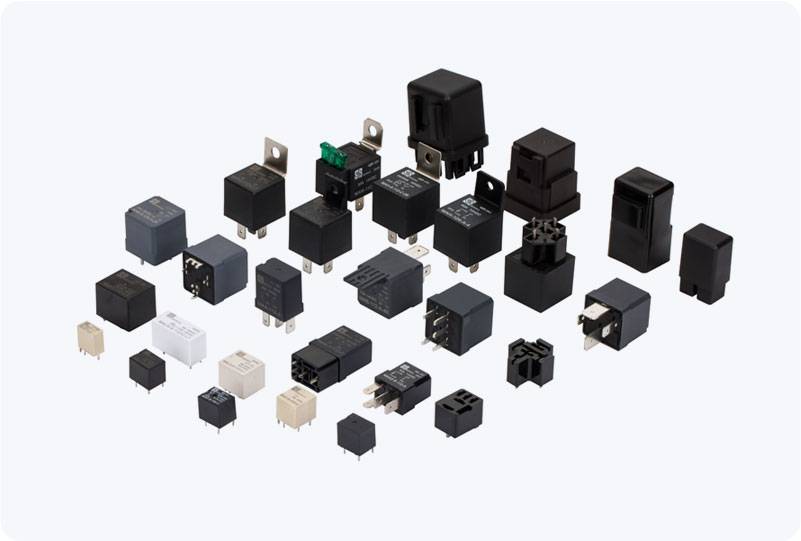A 24VDC Power Relay is a crucial electrical component that plays a vital role in various automation and control systems. It is designed to switch larger power loads with a low-voltage control signal, specifically operating at a 24-volt direct current (DC). These relays are used to manage high voltage or high current circuits without the need for a direct connection between the low-voltage control system and the high-voltage equipment. Understanding the functionality, applications, and features of a 24VDC power relay can help optimize their use in many industries, from industrial automation to automotive systems.

What is a 24VDC Power Relay? A 24VDC Power Relay is an electromagnetic switch that opens or closes circuits based on a 24VDC signal. When a 24VDC voltage is applied to the coil of the relay, it generates a magnetic field that activates the switch inside, thereby closing or opening the contact points. This operation allows the relay to control the flow of current to external devices that require higher voltage or current levels than what the relay’s control circuit can handle. Relays can either use Normally Open (NO) or Normally Closed (NC) contacts to provide different types of switching operations. In the NO configuration, the circuit is open when the relay is not energized, and it closes when the relay is energized. In the NC configuration, the circuit is closed when the relay is de-energized, and it opens when the relay is energized.
Leave a Reply